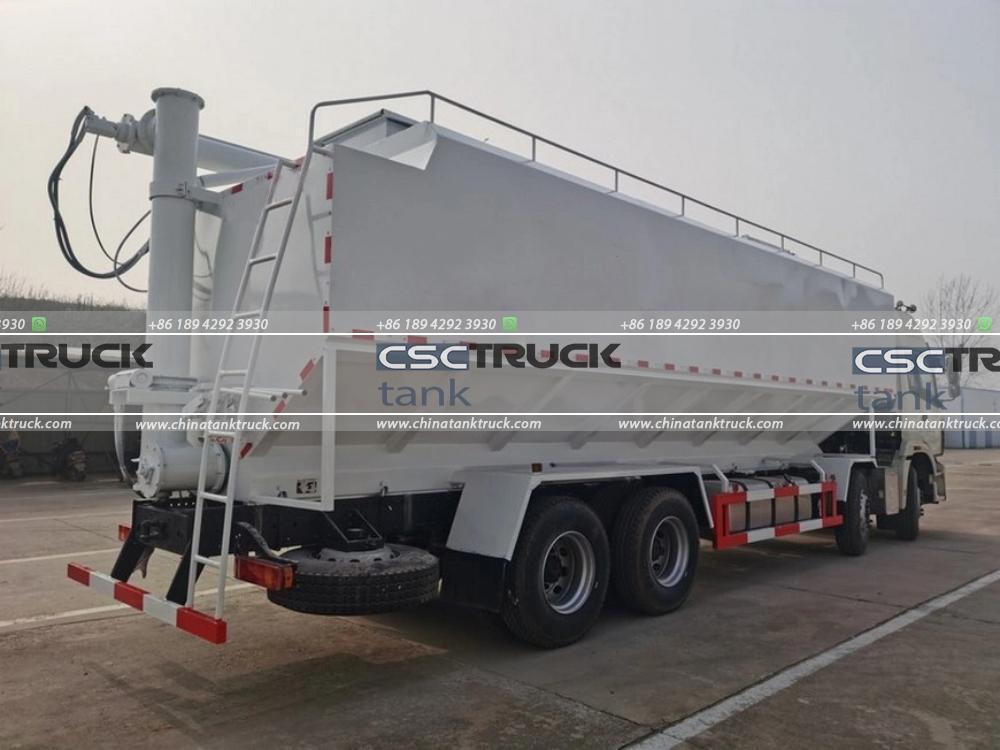Is a Bulk Carrier a Tanker?
The maritime industry is filled with a variety of specialized vessels designed to transport goods across the world’s oceans. 2 of the most prominent types of ships in this industry are bulk carriers and tankers. While both serve essential roles in global trade, they are distinctly different in terms of design, cargo, and operational purpose. The question, “Is a bulk carrier a tanker?” may arise for those unfamiliar with these vessel types, and the answer is a resounding no. However, understanding why requires a deeper dive into the specifics of each vessel type.
Understanding Bulk Carriers
Bulk carriers, as the name suggests, are ships specifically designed to transport bulk cargo. Bulk cargo refers to goods that are not packaged and are usually transported in large quantities. These materials are typically homogenous, such as grains, coal, iron ore, cement, and other raw materials. The cargo is usually loaded directly into the ship’s holds, without the need for containers or other packaging.
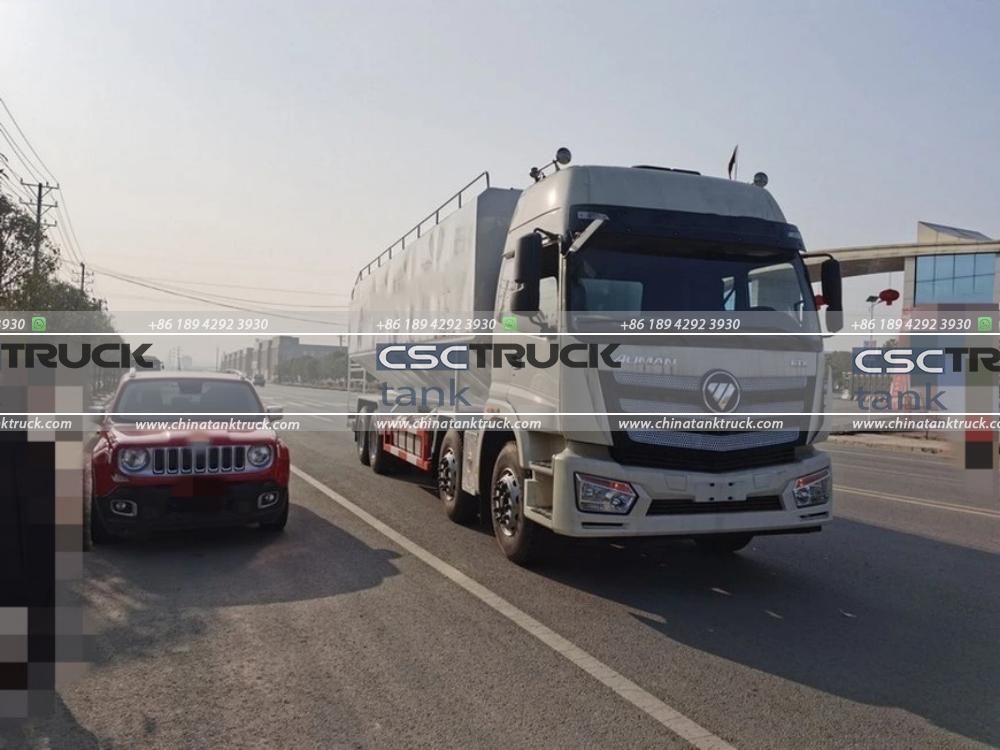
Design and Structure:
Bulk carriers are characterized by their large open holds, which are specially designed to carry dry bulk cargo. These holds are reinforced to withstand the immense weight and pressure of the cargo, especially when dealing with dense materials like iron ore or coal. The holds are accessed through large hatches on the deck, which allow for the efficient loading and unloading of cargo using cranes or conveyor belts. Bulk carriers are typically divided into several holds, allowing for the transportation of different types of cargo in the same voyage, although this is less common than carrying a single type of cargo.
Operation and Usage:
Bulk carriers play a crucial role in global trade, particularly in the transportation of raw materials from regions where they are abundant to regions where they are needed for manufacturing or consumption. For example, iron ore mined in Australia might be transported to China or Japan, where it will be used in steel production. The operation of a bulk carrier involves careful planning to ensure the safe loading and unloading of cargo, as well as maintaining the ship’s balance and stability during the voyage.
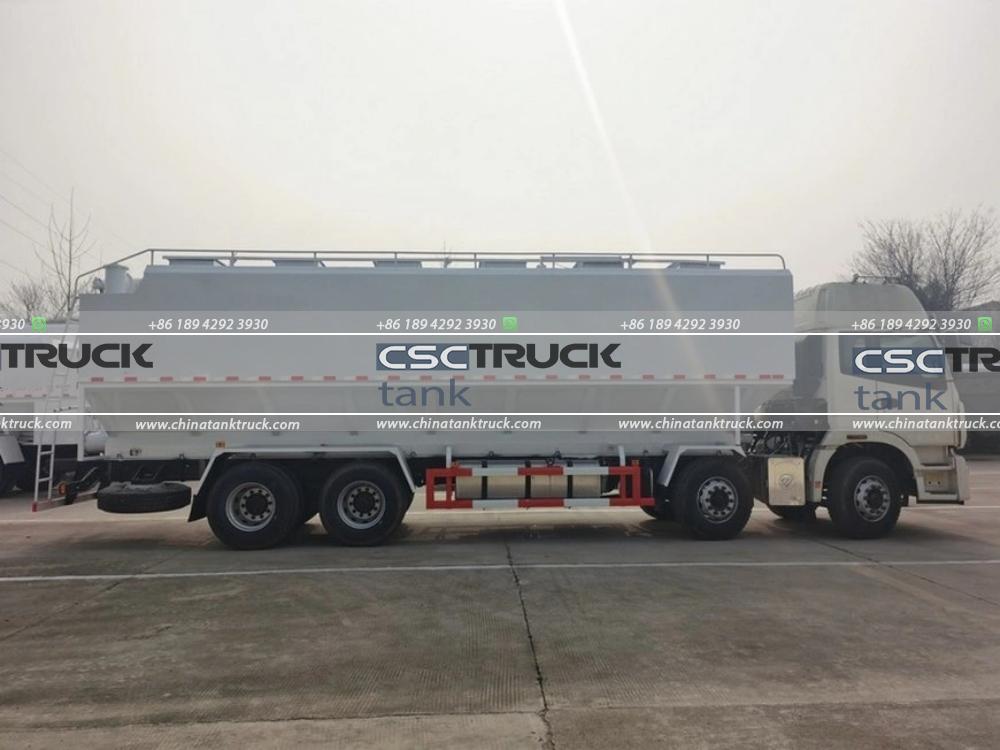
Understanding Tankers
Tankers, on the other hand, are vessels designed to transport liquid cargo. This category includes a wide range of ships, each tailored to carry specific types of liquid cargo such as crude oil, refined petroleum products, chemicals, liquefied natural gas (LNG), and even certain edible liquids like vegetable oils.
Design and Structure:
The most distinguishing feature of tankers is their network of tanks, which are integral to the ship’s structure. These tanks are specially coated or lined to prevent the cargo from contaminating or reacting with the vessel’s hull. The tanks are designed to handle the specific characteristics of the liquid being transported, such as its viscosity, flammability, or corrosiveness.
Tankers are equipped with complex piping systems that facilitate the loading and unloading of cargo. This process is often carried out using pumps that can move the liquid cargo between the ship’s tanks and shore facilities. Some tankers, such as LNG carriers, are equipped with sophisticated systems to maintain the cargo at extremely low temperatures, ensuring it remains in a liquid state.
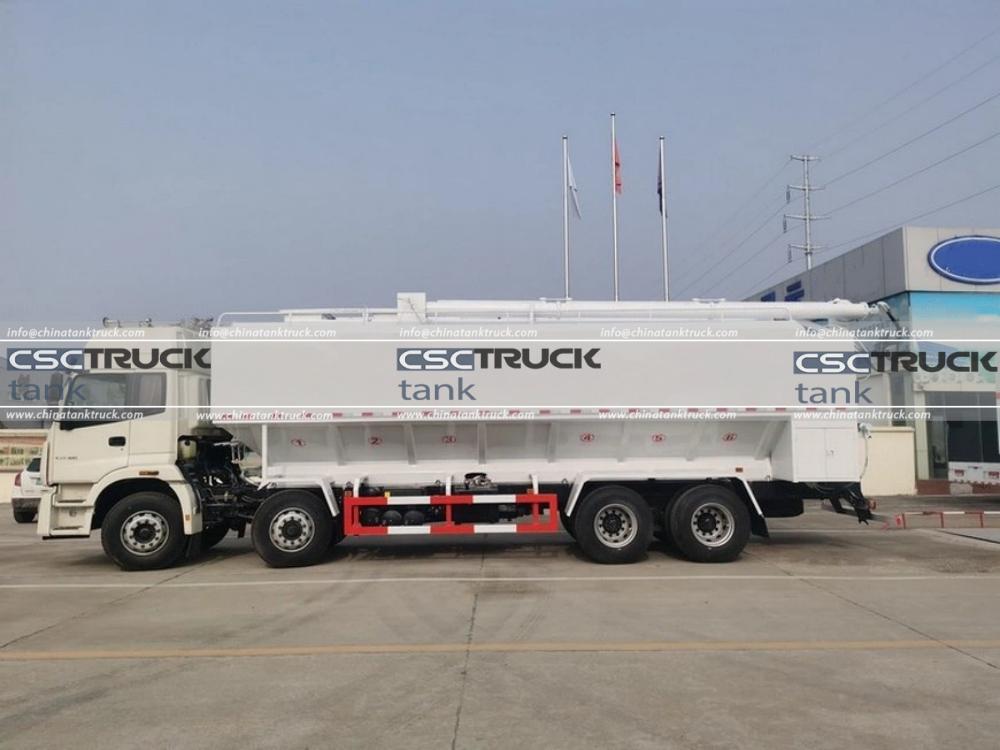
Operation and Usage:
Tankers are integral to the global energy supply chain. Crude oil tankers, for example, transport unrefined oil from production sites to refineries, while product tankers carry refined products like gasoline, diesel, and jet fuel to markets worldwide. Chemical tankers are used to transport a variety of chemicals, each with specific handling requirements. The operation of a tanker requires adherence to strict safety regulations due to the hazardous nature of many liquid cargo, which can be highly flammable, toxic, or environmentally damaging.
Key Differences Between Bulk Carriers and Tankers
While both bulk carriers and tankers are vital to global trade, they differ significantly in several key aspects:
1. Cargo Type:
The most fundamental difference between bulk carriers and tankers is the type of cargo they transport. Bulk carriers are designed for dry, unpackaged goods, while tankers are built to carry liquids.
2. Design:
The structural design of these vessels reflects their intended cargo. Bulk carriers have large, open holds, whereas tankers feature a network of tanks and piping systems. The design considerations also extend to the ship’s stability, with bulk carriers focusing on managing weight distribution and tankers preventing liquid cargo from shifting during transit.
3. Loading and Unloading Processes:
The loading and unloading processes for bulk carriers and tankers are quite different. Bulk carriers rely on equipment like cranes, grabs, or conveyor belts to handle their cargo, whereas tankers use pumps and pipelines to move liquid cargo between the ship and shore facilities.
4. Regulatory Requirements:
Due to the often hazardous nature of the cargo carried by tankers, these vessels are subject to stringent international regulations concerning safety, environmental protection, and crew training. While bulk carriers also operate under international maritime laws, the regulatory focus for these vessels is more on structural integrity and cargo handling practices.
5. Market Role:
In the global trade ecosystem, bulk carriers primarily support the raw materials and manufacturing sectors, transporting essential inputs like minerals, grains, and building materials. Tankers, in contrast, are critical to the energy sector, facilitating the movement of oil, gas, and chemicals that power industries and homes around the world.
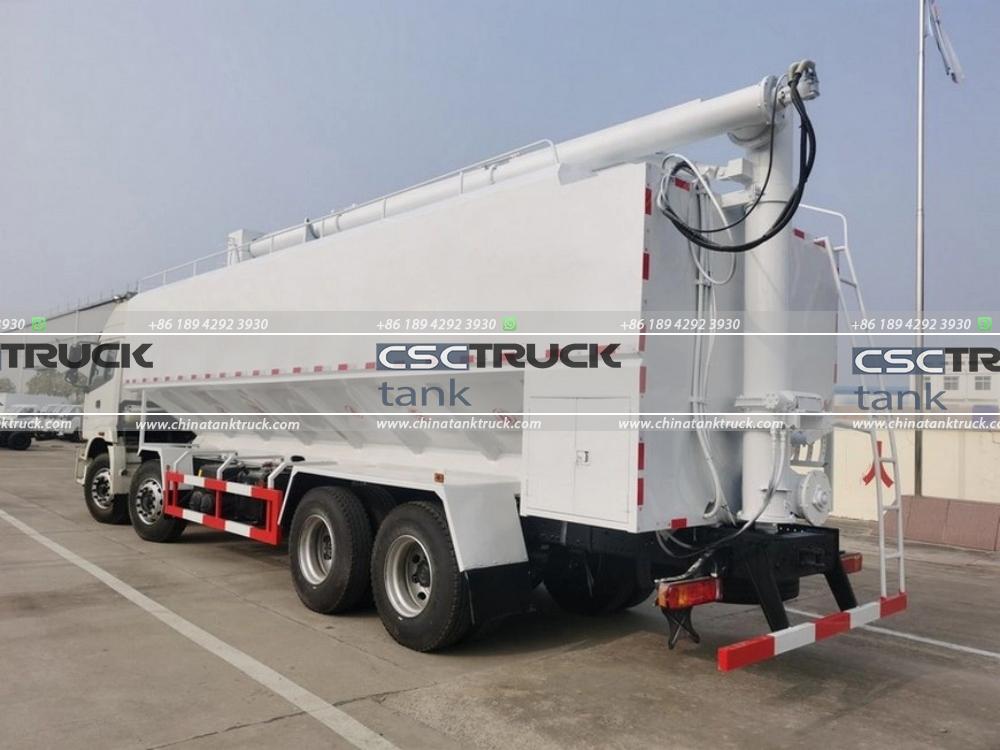
Misconceptions and Overlaps
The confusion between bulk carriers and tankers may arise from the fact that both are large vessels involved in the transportation of significant quantities of cargo. Additionally, there are some specialized ships, such as combination carriers, that can carry both dry and liquid cargo. These vessels are designed to switch between bulk and tanker roles, depending on market demand. However, combination carriers represent a small percentage of the global fleet, and their use is declining due to the specialized nature of modern shipping needs.
Another potential source of confusion is the terminology used in the shipping industry. For example, the term “oil bulk ore carrier” (OBO) refers to ships that can carry both oil and bulk ore, but these are not standard bulk carriers or tankers; they are a hybrid vessel type.
Conclusion
In conclusion, while both bulk carriers and tankers are essential components of the global shipping industry, they are fundamentally different types of vessels designed for distinct purposes. A bulk carrier is not a tanker, and vice versa. Understanding these differences is crucial for anyone involved in maritime trade, logistics, or the broader supply chain. Whether transporting grains across oceans or delivering crude oil to refineries, the choice of vessel plays a critical role in ensuring that goods reach their destination safely and efficiently.
